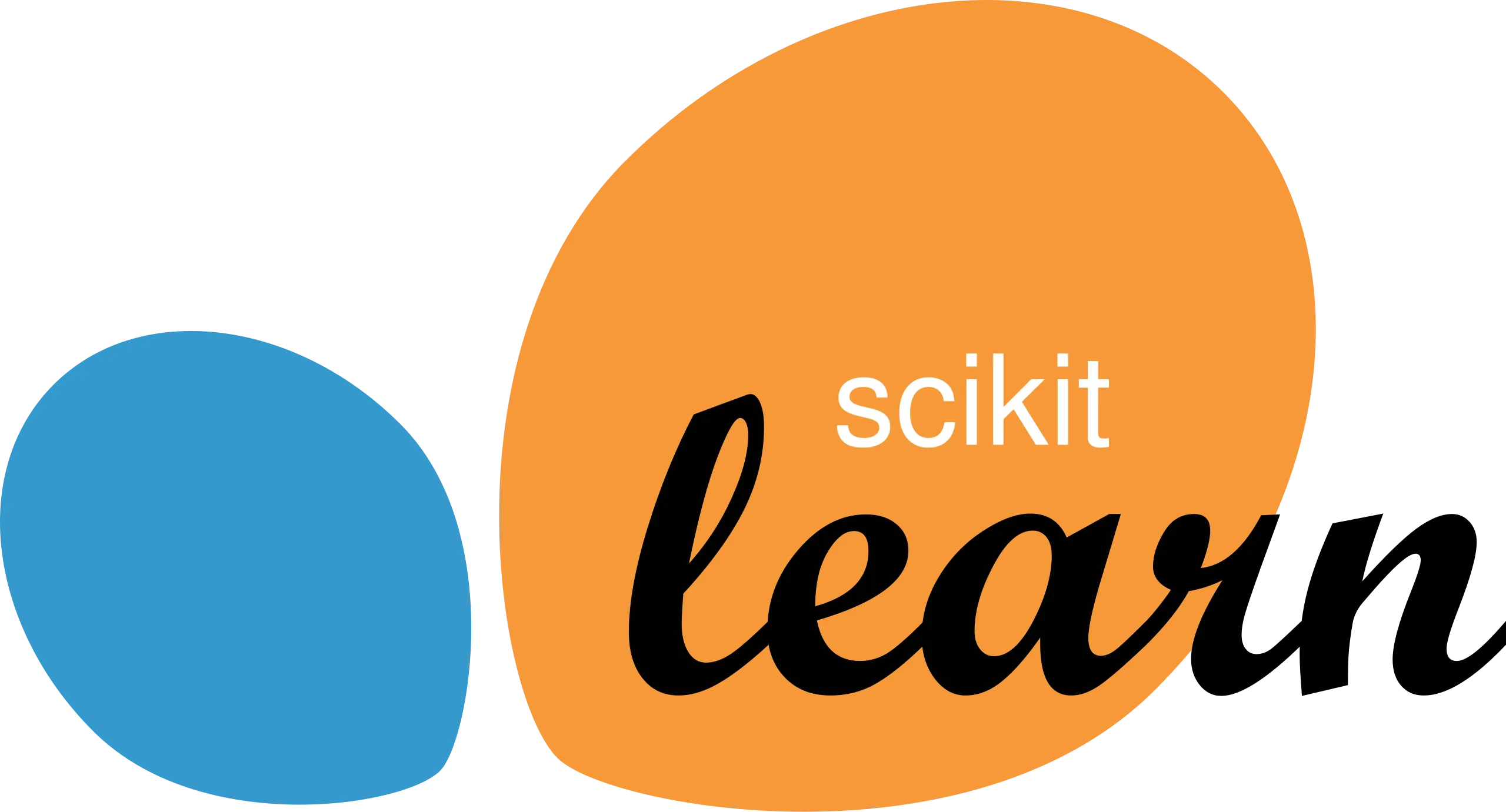
Introduction to Scikit-Learn: The Essential Machine Learning Library
Explore how Scikit-Learn powers machine learning across industries, from healthcare diagnostics to music recommendation systems and financial investing.
Introduction to Scikit-Learn: The Essential Machine Learning Library
1. Introduction
Have you ever tried ChatGPT? How About Claude or Gemini? Grok? All of these AI tools have gained massive traction in recent years. None of them woul dbe possible without machine learning—the buuilding blocks of AI.
Machine learning is transforming industries and is the building block of modern AI, enabling smarter decisions and automation at scale. Scikit-Learn, a powerful Python library, provides a simple yet robust toolkit for building machine learning models across various domains. Whether you’re predicting diseases in healthcare, recommending songs in music streaming, or making investment decisions in finance, Scikit-Learn is the go-to library for machine learning practitioners.
Industry Use Cases
- Healthcare 🏥: Scikit-Learn enables predictive modeling for early disease detection. For instance, it helps analyze patient data to detect conditions like diabetes or heart disease using classification algorithms such as Random Forest and Logistic Regression.
- Music & Entertainment 🎵: Streaming platforms use clustering and recommendation algorithms to personalize playlists, much like Spotify’s song recommendation engine, leveraging techniques such as K-Means clustering and collaborative filtering.
- Finance & Investing 📈: Investors and analysts use predictive models to assess stock trends, detect fraud, and optimize portfolios. Techniques like Linear Regression and Support Vector Machines (SVMs) help forecast market movements.
2. Why Use Scikit-Learn?
Scikit-Learn provides a wide array of tools for data preprocessing, model selection, and evaluation, making it ideal for both beginners and professionals. Key benefits include:
- User-Friendly API – Intuitive and consistent syntax for easy implementation.
- Versatile Models – Supports classification, regression, clustering, and dimensionality reduction.
- Performance Optimization – Includes tools for cross-validation, hyperparameter tuning, and feature selection.
- Scalability – Works efficiently with small and large datasets, making it suitable for research and production environments.
3. Getting Started with Scikit-Learn
Before diving into advanced models, let’s start by installing the library:
pip install scikit-learnA simple example of using Scikit-Learn for classification:
from sklearn.model_selection import train_test_split
from sklearn.ensemble import RandomForestClassifier
from sklearn.datasets import load_iris
# Load dataset
data = load_iris()
X, y = data.data, data.target
# Split into training and testing sets
X_train, X_test, y_train, y_test = train_test_split(X, y, test_size=0.2, random_state=42)
# Train a classifier
clf = RandomForestClassifier(n_estimators=100, random_state=42)
clf.fit(X_train, y_train)
# Evaluate accuracy
accuracy = clf.score(X_test, y_test)
print(f"Model Accuracy: {accuracy:.2f}")This post will guide you through essential Scikit-Learn features, model implementation, and practical applications, equipping you with the skills to apply machine learning effectively in real-world scenarios.
Stay tuned! 🚀